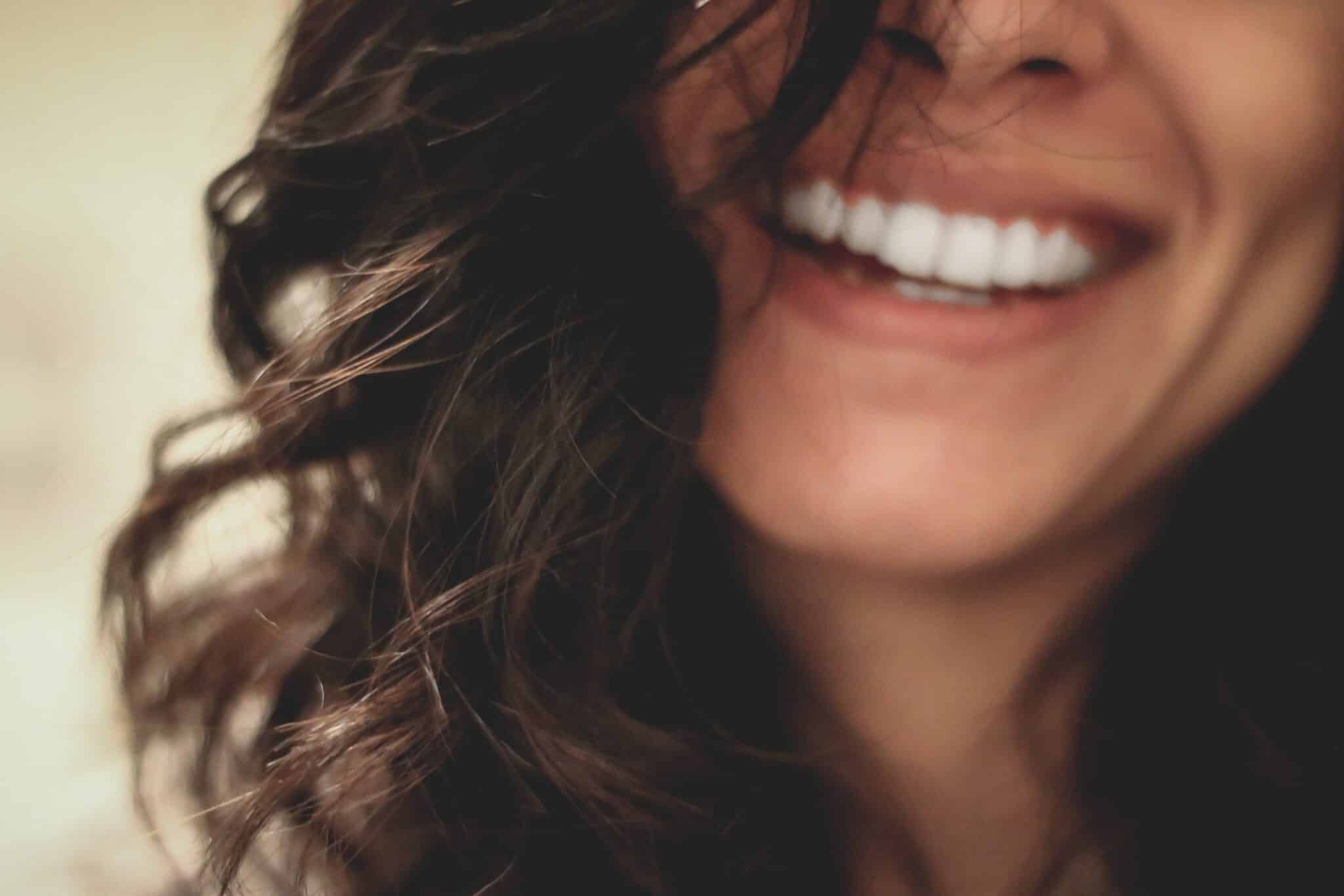Scoliosis is a medical term used to describe additional or exaggerated curvature in the spine, particularly the lumbar, thoracic, and sometimes cervical spine region. The staging and classification of scoliosis are dependent on the degree of curvature and age of the patient at the time of diagnosis. Most patients are diagnosed in the childhood and early teen years.
Causes of Scoliosis
Scoliosis is caused by a combination of factors, including genetics, skeletal abnormalities, and developmental issues. Some cases have no identifiable cause. The curvature of the spine that is S- or C-shaped in appearance is known as idiopathic scoliosis. Idiopathic means that the cause is unknown, but it usually begins during adolescence and progresses slowly into adulthood. It often starts at one side of the spine and then spreads to the other side of the spine. Suppose a curve develops during childhood (before age 10).
It may be idiopathic scoliosis or Scheuermann’s disease, a condition that usually resolves itself in adulthood but may require treatment to prevent progression in some patients. Scoliosis can also develop as a complication of neuromuscular conditions such as cerebral palsy or muscular dystrophy.
In these cases, treatment is directed at the underlying condition. Scoliosis can be caused by several genetic disorders that affect bone growth, including Marfan syndrome and Ehlers-Danlos syndrome. Scoliosis can also be associated with several forms of muscular dystrophies, such as Duchenne’s muscular dystrophy. Scoliosis can also occur due to other disorders that affect the muscles and bones of the spine, such as:
- Scheuermann’s disease (adolescent kyphosis)
- Osteoporosis
- Ankylosing spondylitis
- Spondylolisthesis (a condition in which one vertebra slips forward over another)
- Other conditions that cause spinal cord injury
Scoliosis is often caused by abnormal posture and muscle tone in children with cerebral palsy. Scoliosis can also develop after spinal cord injury or surgery on the spine.
Diagnosis
Diagnosis of scoliosis is based on the patient’s medical history, physical examination findings, and diagnostic imaging results. The diagnosis can be confirmed by a series of tests used to detect abnormal spinal curvature. These tests include X-rays, computed tomography (CT) scans, magnetic resonance imaging (MRI), and bone scans. Scoliosis can be detected at birth or early childhood using a simple physical examination and an electrocardiogram (ECG).
If no signs or symptoms are present in childhood, it is possible that scoliosis can develop later in life without any apparent cause. For this reason, it is crucial to perform a thorough evaluation of the child’s medical and family history before proceeding with treatment for scoliosis.
Managing Scoliosis
Treatment for scoliosis is typically based on the curvature of the spine. If a patient has a mild curve, it may not be necessary to treat scoliosis. In this case, treatment strengthens the muscles that control movement and posture. Other therapies include bracing and traction. Bracing involves wearing a back brace or “brace wrap” at night. The brace can be worn during the day as well.
Also, tension-free belts are used in some scoliosis cases to stabilize the spine. Surgery may be necessary for patients with more severe curves to correct the deformity to improve posture and balance. Scoliosis surgery can involve:
- Fusing two vertebrae
- Replacing a vertebra with bone from another part of the body
- Substituting one vertebra with an artificial material such as titanium rods or screws
Scoliosis surgery is often performed through the L5-S1 level (the lowest part of the back) because there is less risk of damage to other spinal cord nerve roots. Surgery for scoliosis may be performed in stages as the curvature of the spine changes. In some cases, surgeons may first use a brace to help correct the curve before performing surgery. In many cases, scoliosis surgery can significantly improve posture and balance.
After surgery, patients are typically discharged from the hospital after 8-10 days, though they are often encouraged to continue wearing their brace for an additional 2-4 weeks after discharge to prevent spinal deterioration (such as loss of height). Chiropractic treatment is a non-surgical treatment for patients with mild to moderate curvatures.
Chiropractic adjustments are performed by a chiropractor, who applies gentle pressure to the affected area for a short period (usually less than 5 minutes). This approach is generally not recommended for patients with severe curvatures or those who have already undergone surgery. For persons who have scoliosis, there is hope for treatment. Ready to get started? Contact us on 205-637-1363.








